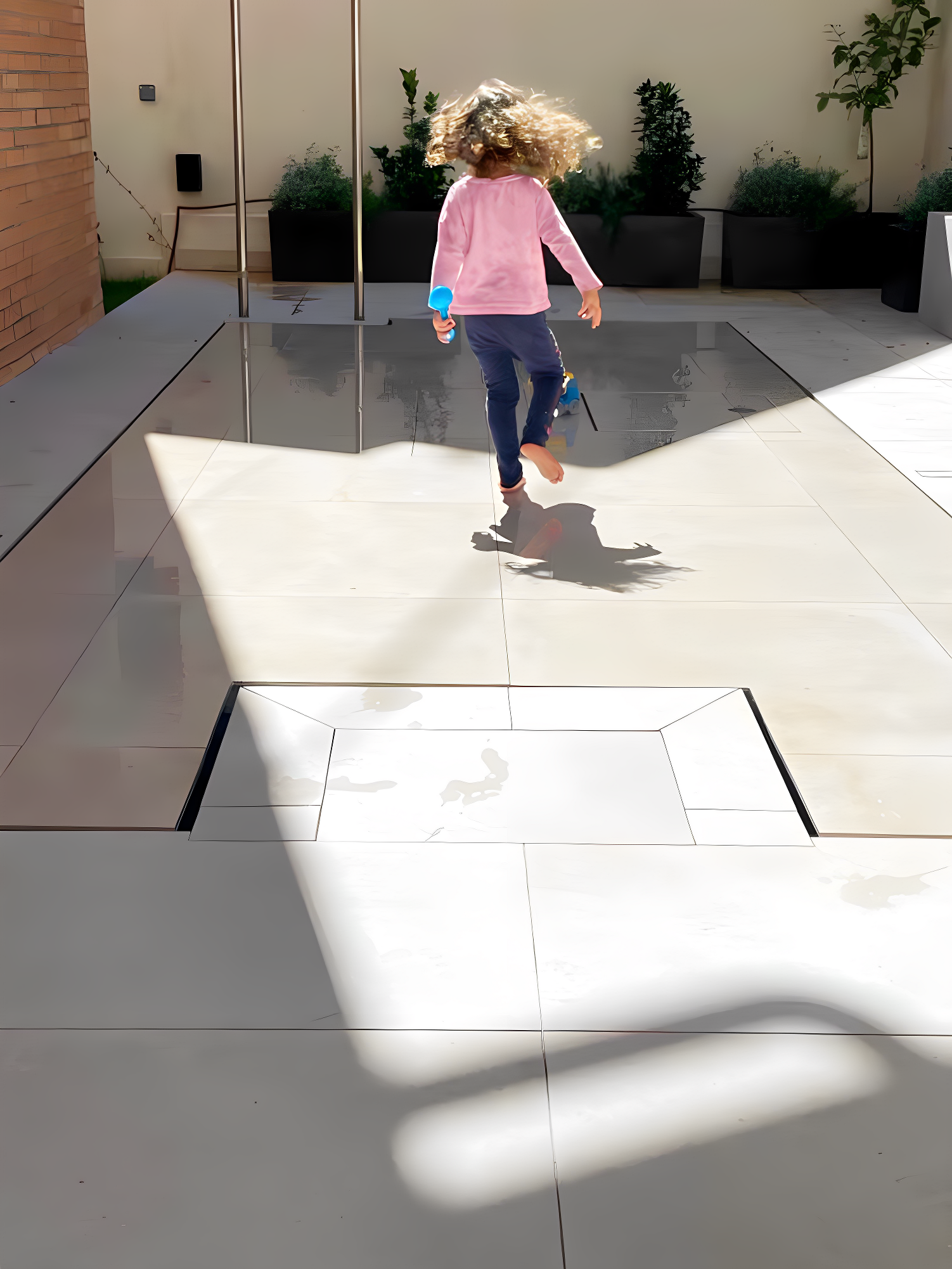Salt chlorination is one of the most effective methods of keeping a pool clean and safe for swimming. The process is all-natural, which means there are no long-term health problems, no environmental hazards. This form of chlorination also makes it possible to eliminate bacteria, fungi and viruses, providing excellent results from the start.

Salt chlorination, unlike other chlorination systems, uses electricity to release chlorine into the water, and is considered a safer method of chlorination for health and the environment. It’s also gentler on the skin and eyes, without causing irritation, making swimming in a pool with salt chlorination more pleasant and healthier.
If you’re interested in converting your pool to salt chlorination, there are a few important advantages you should consider. Below, we’ll look at some of these advantages, as well as the process required to adapt chlorination to an existing pool.
Advantages of Salt Chlorination
Comfort: Salt chlorination makes the pool a more welcoming place, as the salt water feels softer on the skin. The fact that this form of chlorination results in less irritation to the eyes and skin has also contributed to its popularity.
Health Safety: The chlorine used in salt chlorination is less harmful to health than traditional chlorine. It is less likely to cause irritation of the skin or respiratory tract, and there is also less risk of allergies or chronic diseases.
Cost Savings: The maintenance and operation of a salt chlorination system is more affordable than other chlorination systems. Salt is cheap and lasts a long time, which means you won’t have to spend more on chlorine each month.
Less need to adjust pH: Salt chlorination doesn’t affect the pH of the water, so you won’t have to constantly adjust it to have a clean and safe pool. This means less work for pool owners and more time to enjoy it.

What do you need to consider during the salt chlorination process?
Check Size: Make sure that the salt chlorinator is sized correctly for your pool, in terms of the gr/h of chlorine production.
Check the pH of the water: If the pH of the water is above 7.5, the chlorine will not work, even if you have the salt chlorination system running for many hours.
Add the right amount of salt: The amount of salt you need to put in the pool depends on its water capacity. The technician should inform you of the right amount for your pool, which is usually between 4 and 7 grams per liter.
Maintenance: The salt chlorinator needs basic maintenance and some regular adjustments. It is recommended that the equipment be inspected and cleaned periodically to ensure good performance.
When should one consider installing a salt chlorination system in their pool?

If you’re seriously considering joining the salt chlorination boom, you’ll want to achieve the best results with minimal effort. Fortunately, the process for installing salt chlorination is usually quick and straightforward.
In addition to this, salt chlorination offers many more benefits than other chlorination systems, including: minimal monthly maintenance, less skin and eye irritation, a safer system for health, increased safety for the environment, and lower (long-term) cost.
In conclusion, if you’re looking for a simple, safe, and cost-effective way to keep your pool clean and secure, salt chlorination would be a great option. On the other hand, if you want a cheaper option in the installation, traditional chlorination will be the right one for you. Not so in the long term, where salt chlorination will mean a lower cost



